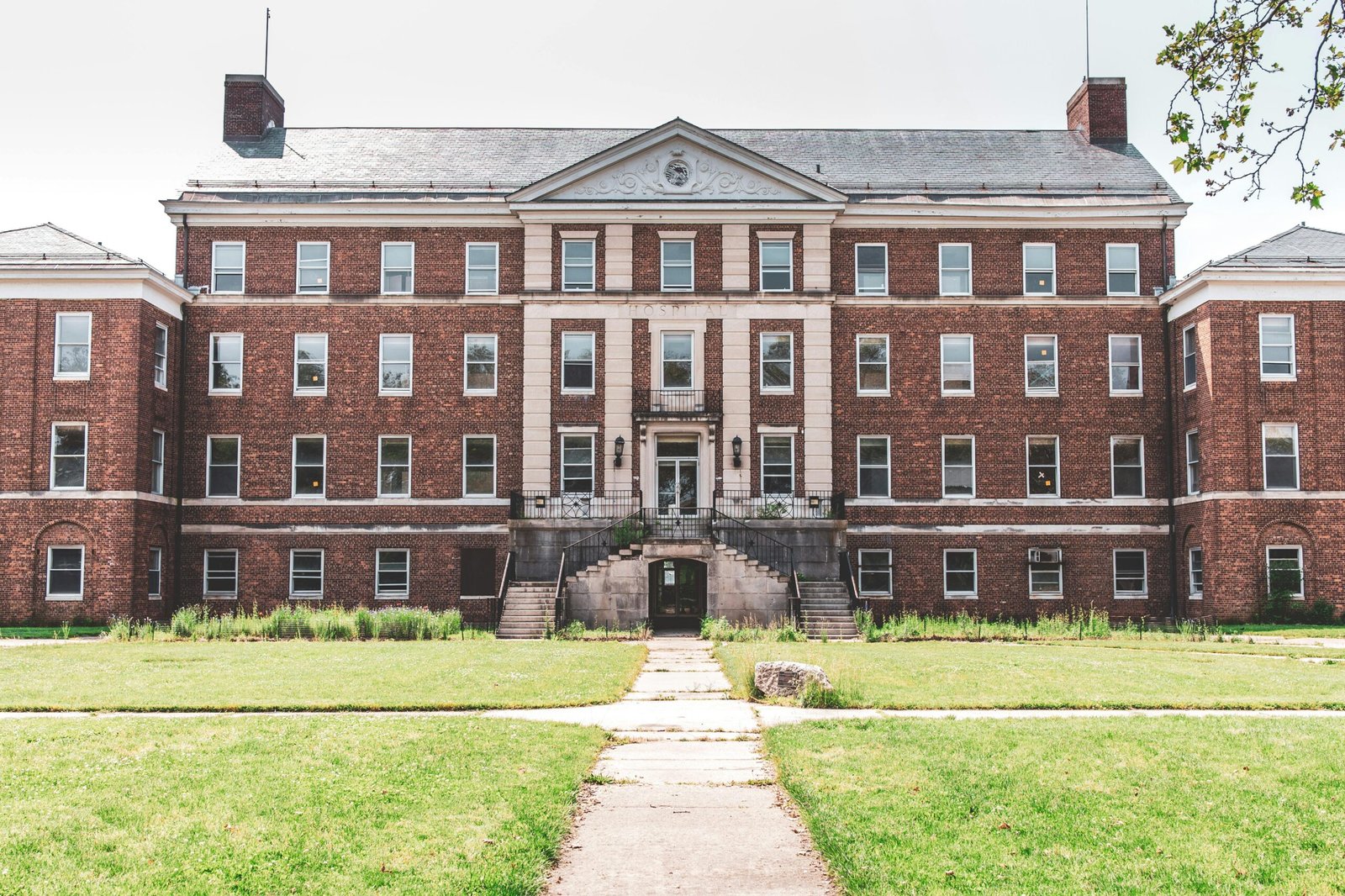In today’s globalized world, the significance of top universities cannot be overstated. These institutions serve as beacons of knowledge, innovation, and societal progress. Among the plethora of universities worldwide, those in the United States stand out prominently. Let’s delve into why the top universities are concentrated in the US and the factors contributing to their preeminence.
Historical Context
The roots of top universities in the US trace back to centuries ago. Institutions like Harvard, Yale, and Princeton were founded in the early colonial period, laying the groundwork for the country’s higher education system. Over time, the US higher education landscape evolved, embracing principles of academic freedom, meritocracy, and diversity.
Academic Excellence
One of the primary reasons for the dominance of US universities is their unwavering commitment to academic excellence. These institutions consistently produce groundbreaking research, driving innovation across various fields. Moreover, they attract esteemed faculty members renowned for their expertise and contributions to their respective disciplines.
Diversity and Inclusivity
US universities pride themselves on fostering diverse and inclusive environments. They attract students from all corners of the globe, creating rich tapestries of cultures, backgrounds, and perspectives. Inclusive learning environments nurture creativity, critical thinking, and empathy among students, preparing them to thrive in a multicultural world.
Networking Opportunities
Attending a top US university opens doors to unparalleled networking opportunities. Students have access to influential alumni networks, comprising leaders in academia, business, politics, and beyond. Furthermore, these universities cultivate partnerships with industry titans, facilitating internships, research collaborations, and career pathways for students.
Funding and Resources
Top US universities benefit from generous endowments and state-of-the-art facilities. These financial resources enable them to invest in cutting-edge research, infrastructure, and student support services. As a result, students have access to world-class laboratories, libraries, and extracurricular opportunities, enhancing their overall academic experience.
Global Rankings and Reputation
US universities consistently dominate global rankings, solidifying their reputation as academic powerhouses. Their research impact, teaching quality, and internationalization efforts contribute to their lofty positions in prestigious rankings. Moreover, their stellar reputation resonates within academic and professional circles worldwide, attracting top talent and collaborations.
Impact on Local Economies
Beyond academia, top US universities play pivotal roles in driving local economies. They stimulate economic growth through research commercialization, job creation, and entrepreneurial ventures. Moreover, they serve as hubs of innovation, attracting businesses, investors, and talent to surrounding regions.
Magnet for International Students
US universities are magnets for international students seeking quality education and diverse experiences. These institutions offer an array of programs, scholarships, and support services tailored to the needs of international students. Furthermore, studying in the US fosters cultural exchange, mutual understanding, and global citizenship among students.

Collaboration and Interdisciplinary Research
US universities encourage collaboration and interdisciplinary research to tackle complex societal challenges. Cross-disciplinary initiatives bring together experts from various fields to address pressing issues such as climate change, healthcare disparities, and technological advancements. Collaborative research centers serve as incubators for innovative solutions with real-world impact.
Flexibility in Education
The US higher education system prides itself on its flexibility and adaptability. Students have the freedom to explore diverse academic interests, pursue double majors, and engage in interdisciplinary studies. This flexibility fosters intellectual curiosity, creativity, and adaptability, preparing students for dynamic careers in a rapidly evolving world.
Alumni Success Stories
Top US universities boast illustrious alumni who have made significant contributions to society. From Nobel laureates to industry leaders, their achievements exemplify the transformative power of higher education. Alumni networks provide invaluable support, mentorship, and career opportunities for current students, fostering a culture of excellence and ambition.
Role in Shaping Public Policy
US universities wield considerable influence in shaping public policy and societal development. Their research findings inform government policies on issues ranging from healthcare and education to economic development and national security. Moreover, they serve as incubators for future policymakers, equipping students with the knowledge and skills to effect positive change.
Challenges and Criticisms
Despite their many virtues, US universities face challenges and criticisms. Accessibility and affordability remain pressing concerns, with rising tuition costs and financial barriers hindering access to higher education for marginalized communities. Moreover, criticisms of elitism and exclusivity underscore the need for greater diversity, equity, and inclusion in academia.
Conclusion
In conclusion, the concentration of top universities in the US reflects a confluence of historical, cultural, and institutional factors. These institutions serve as catalysts for innovation, economic growth, and societal progress on both national and global scales. As we navigate the complexities of the 21st century, the role of top US universities in shaping the future cannot be underestimated.
FAQs
- Are US universities the best in the world? US universities consistently rank among the top globally, but the definition of “best” can vary based on individual priorities and criteria.
- What factors contribute to the success of US universities? Factors such as academic excellence, diversity, resources, and global networks contribute to the success of US universities.
- How do US universities benefit local economies? US universities stimulate local economies through research commercialization, job creation, and partnerships with industries.
- Are US universities welcoming to international students? Yes, US universities actively recruit international students and offer various support services to ensure a smooth transition and enriching experience.
- What steps are US universities taking to address accessibility and affordability concerns? US universities are implementing initiatives such as need-blind admissions, financial aid programs, and tuition freezes to enhance accessibility and affordability.












Leave a Reply